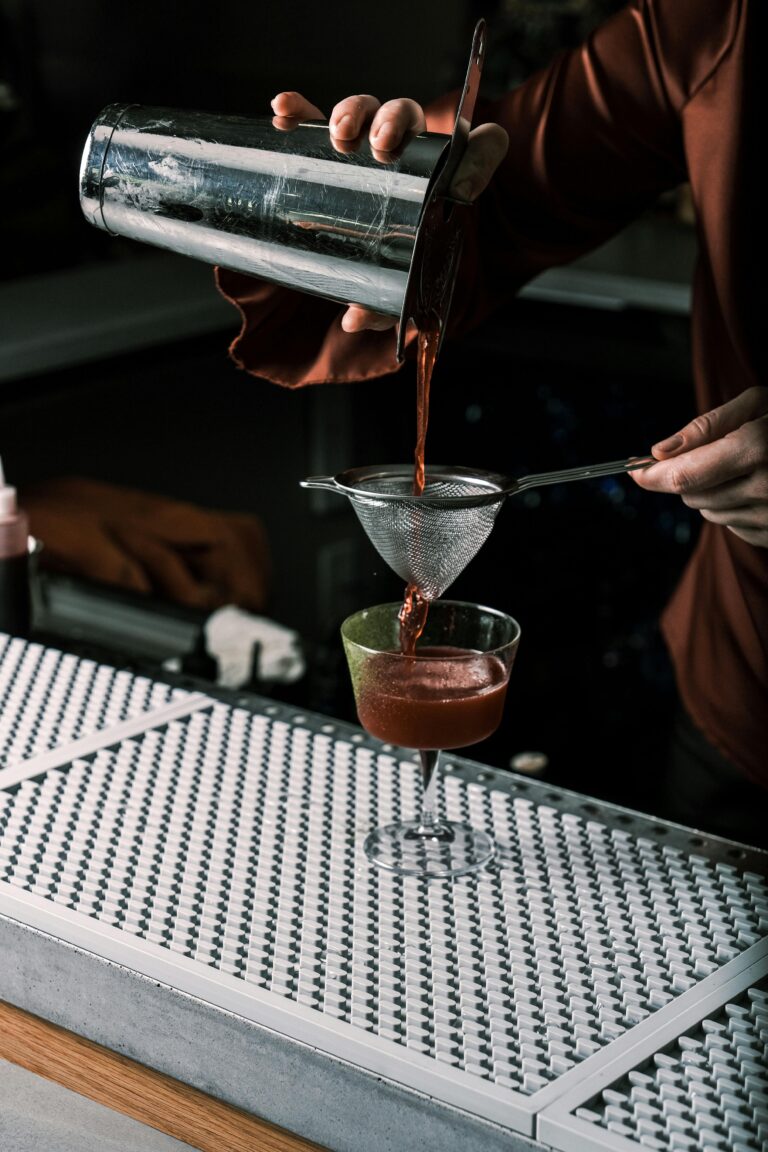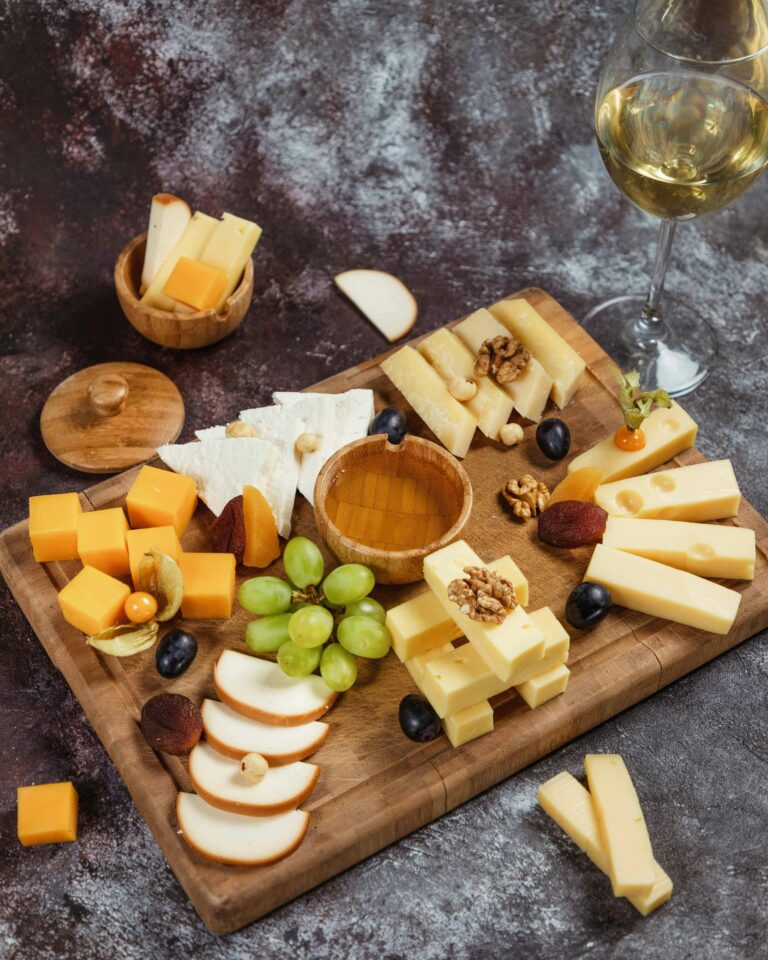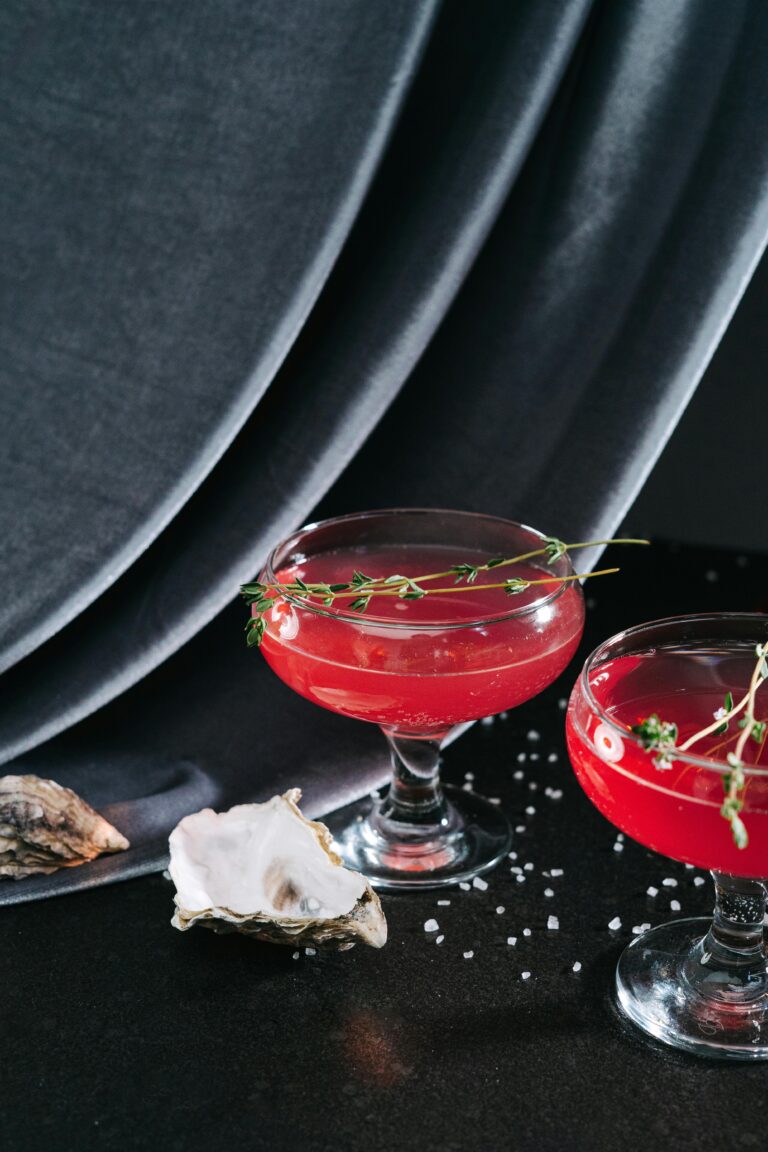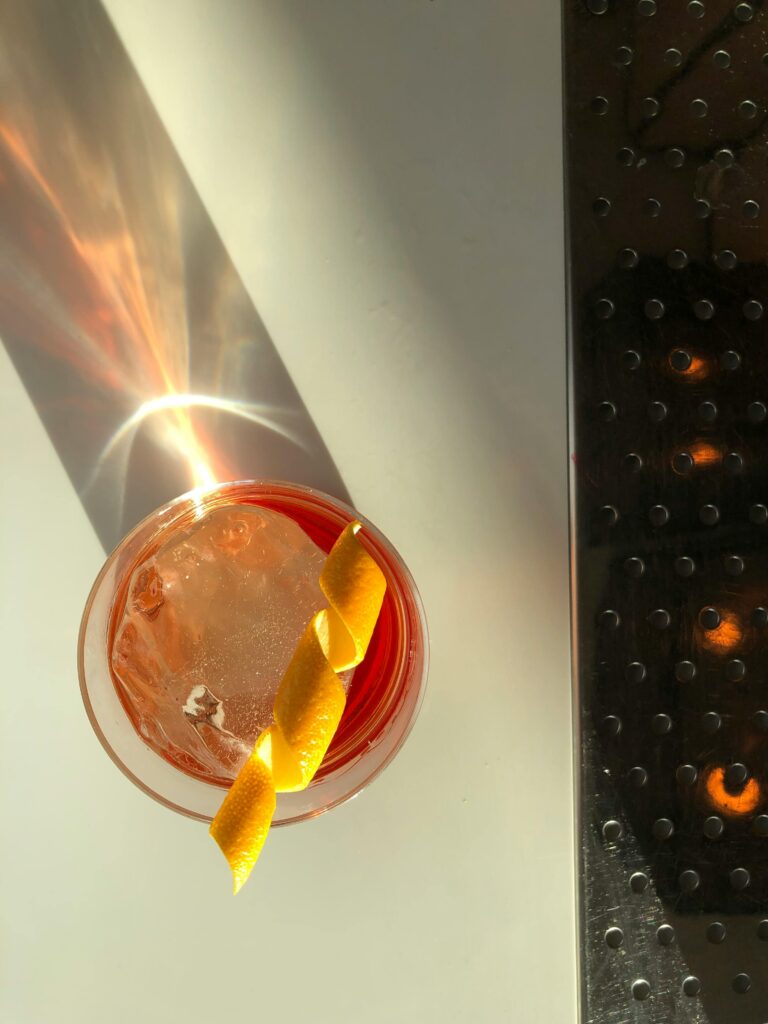Sunny Sips: How the Paloma Became the Cooler, More Charming Cousin of the Margarita
Introduction — A grapefruit breeze for your night out
Picture this: a terrace at golden hour, the city hum softened by breeze, and a tall glass fogged at the edges with citrus and salt. That’s the Paloma — effervescent, approachable, and sneaky in its ability to make any evening feel like a mini vacation. Whether you’re plotting an after-work escape or chasing the best happy hour drinks, this grapefruit-forward cocktail is having its moment — and for good reason.
Origins: Where the Paloma came from
The Paloma’s history is delightfully simple and a little fuzzy. Unlike many cocktails with origin myths tied to a single bartender, the Paloma is a product of Mexican home bars and taquerias: tequila, grapefruit (or grapefruit soda), lime, and salt. Some say it originated in the 1950s or ’60s; others point to even older regional recipes. Whatever the exact birthdate, it’s always been the drink of choice when tequila wanted to be bright and refreshing instead of smoky or boozy.
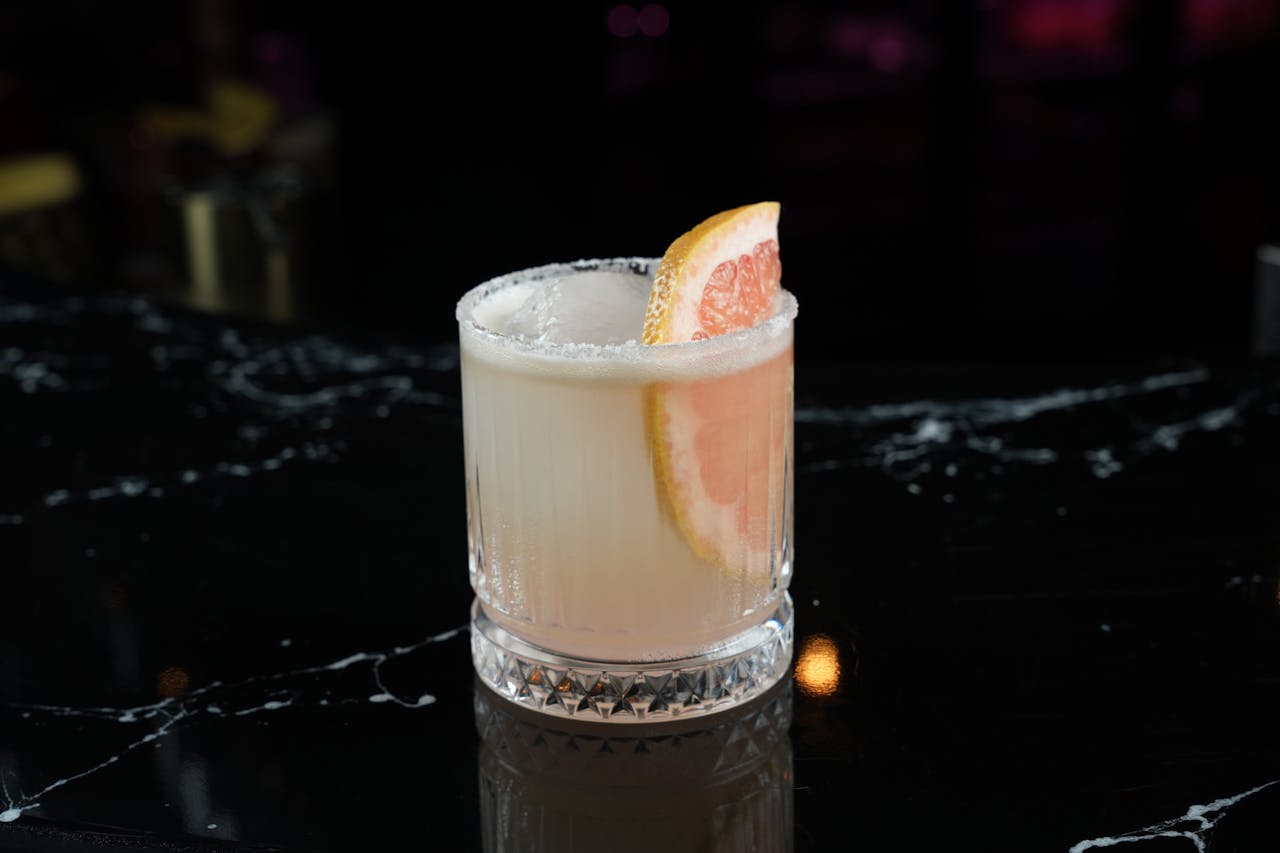
What it tastes like — sensory notes
The first sip is bright grapefruit, slightly tart, and fizzing with soda. Then the tequila arrives — clean, floral, with a gentle heat. Lime sharpens the edges; salt smooths them out. If mezcal is used instead, you’ll catch a whisper of smoke that plays beautifully against the citrus. Texture-wise, the Paloma is a balanced marriage of effervescence and easy drinkability — think citrus soda with a grown-up backbone.
Classic Paloma recipe + two riffs (cocktail recipes)
Want to make one at home? Here are three recipes to try: classic, smoky, and low-ABV.
- Classic Paloma
– 2 oz blanco tequila
– 1/2 oz fresh lime juice
– 3 oz grapefruit soda (Squirt or Jarritos) or 2 oz fresh grapefruit juice + club soda to top
– Pinch of kosher salt
Build in a highball over ice, stir gently, garnish with a grapefruit wedge or lime wheel. - Smoky Mezcal Paloma
– 1.5 oz mezcal
– 0.5 oz blanco tequila (optional, for brightness)
– 3 oz fresh grapefruit juice
– 0.5 oz agave syrup (adjust to taste)
– Top with sparkling water
Shake mezcal, tequila, grapefruit, and agave with ice. Strain over fresh ice in a salt-rimmed glass, top with sparkling water, garnish with a flamed grapefruit peel. - Low-ABV Paloma (for happy hour drinks)
– 1 oz tequila or tequila substitute (e.g., non-alcoholic spirit)
– 2 oz fresh grapefruit juice
– 1 oz rosemary or grapefruit shrub (or 0.5 oz simple syrup)
– Top with tonic or soda
Build over ice and garnish with a sprig of rosemary.
Where to drink it — best bars in New York and beyond
If you’re chasing a great Paloma out on the town, look for bars that take their citrus seriously. In New York, spots like Dante (iconic Italian-American bar with superb aperitivos), Attaboy (for bartender-driven craft cocktails), and Empellón’s bar program will twist the Paloma in interesting ways. Want Mexico City energy? Try Licorería Limantour or a neighborhood cantina where the Paloma is often the unsung hero.
Pro tip: When ordering at bars, ask for fresh grapefruit juice if you can — it elevates the whole drink.
Mixology trends and why the Paloma fits right in
Modern cocktail culture is leaning into sustainability, local produce, and lower-proof creativity — all things the Paloma embraces naturally.
- Local ingredients: Grapefruit is seasonal and regional; many bars use local citrus or house-made shrubs to highlight terroir.
- Zero-waste and upcycling: Bartenders are turning citrus peels into tinctures, shrub bases, or infused syrups — so your Paloma may be indirectly saving the planet one peel at a time.
- Low-ABV options: The Paloma’s soda-forward profile makes it ideal for lighter pours or non-alcoholic spirits, aligning with the “sober curious” and sessionable cocktail trends.
- Smoky mezcal variations: Smoke-forward spirits continue to be popular, giving the Paloma a trendy, savory edge without overpowering the citrus.
What to order (and what to avoid)
- Order: Blancos or joven tequilas for freshness, mezcal if you like a smoky note, and always ask for fresh citrus.
- Avoid: Flat, overly sweet canned mixes — they kill the balance. If the bar only uses pre-made mixes, request a fresh-squeezed version or take your business elsewhere.
- For happy hour drinks: Look for half-pour options or spritz-sized versions if you want to try multiple bars in one night.
Insider secret
Pro tip: If you love complexity, ask the bartender for a “salt rim + saline rinse.” The saline adds body without muting the citrus, and a pinched salt rim keeps the first sip bright. Also, a quick char of the grapefruit peel over the drink adds a perfume that feels wildly sophisticated without extra work.
Conclusion — A citrus invitation
The Paloma is the perfect evening companion: simple enough for a backyard gathering, versatile enough for a cocktail bar’s inventive menu, and friendly enough to bridge tequila skeptics and devotees. Next time you’re scanning cocktail recipes or wandering the best bars in New York, make a beeline for the Paloma. It’s the kind of drink that says, “You deserve a little sunshine.”
